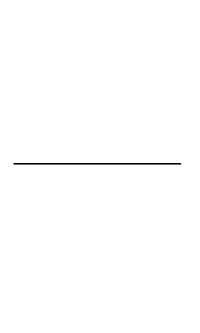Equidistant
This article needs additional citations for verification. (August 2012) |



A point is said to be equidistant from a set of objects if the distances between that point and each object in the set are equal.[1]
In two-dimensional Euclidian geometry the locus of points equidistant from two given (different) points is their perpendicular bisector. In three dimensions, the locus of points equidistant from two given points is a plane, and generalising further, in n-dimensional space the locus of points equidistant from two points in n-space is an (n−1)-space.
For a triangle the circumcentre is a point equidistant from each of the three end points. Every non degenerate triangle has such a point. This result can be generalised to cyclic polygons. The center of a circle is equidistant from every point on the circle. Likewise the center of a sphere is equidistant from every point on the sphere.
A parabola is the set of points in a plane equidistant from a fixed point (the focus) and a fixed line (the directrix), where distance from the directrix is measured along a line perpendicular to the directrix.
In shape analysis, the topological skeleton or medial axis of a shape is a thin version of that shape that is equidistant from its boundaries.
References
- ^ Clapham, Christopher; Nicholson, James (2009). The concise Oxford dictionary of mathematics. Oxford University Press. pp. 164–165. ISBN 978-0-19-923594-0.
